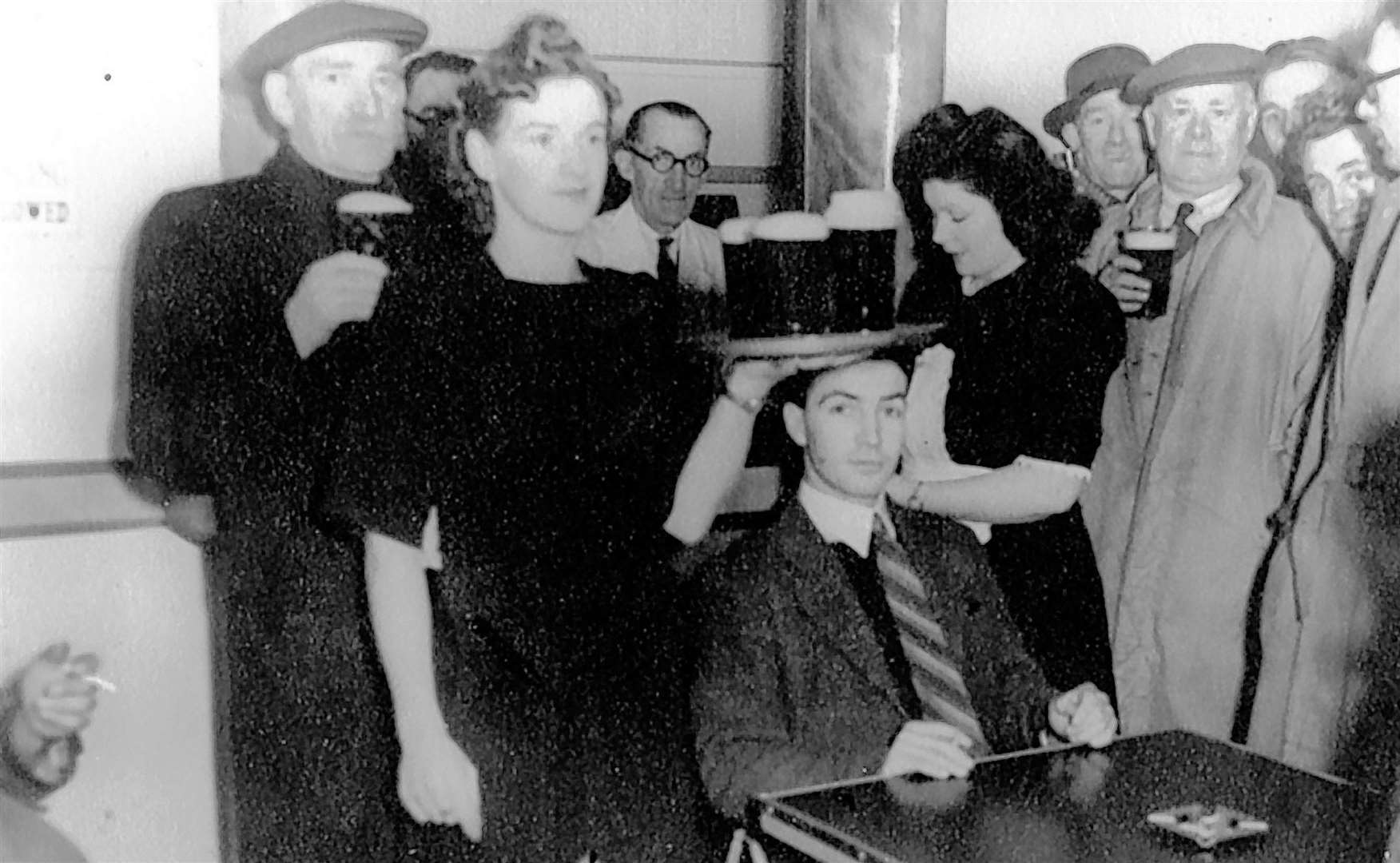Looking Back – news from the of yesteryear

Breakfast on the train
From the Groat of June 8, 1923
Passengers travelling north from Inverness on the first two trains of the day – 6.30am and 10.30am – could take advantage of the dining car introduced by the London, Midland and Scottish Railway.
Going as far north as Bonar Bridge, and then serving "luncheon, teas and dinner" on the way back south, the dining saloon, although not a new thing on the railways, was an "innovation in the north".
For the first passengers to use the new service, it was "a new and very pleasing experience to look out on the old familiar scenes while one cosily assimilated a platter of wholesome porridge or sipped a cup of freshly 'masked' tea, accompanied with crisp bacon and egg".
Many found that "in addition to being grateful and comforting", the experience "greatly relieved the monotony of the long journey".
The dining car could accommodate 21 passengers at a sitting. The kitchen and butler's pantry were in the centre of the carriage, with the first-class seats at one end and third-class at the other.
According to the report, the saloon was "beautifully upholstered and finished and the seats, arranged for four at a table, are comfortably cushioned".
It was hoped that the new service would be supported by the travelling public so that it could become a permanent feature of rail travel north of Inverness.
Major complex plan for Wick
From the Groat of June 8, 1973
Planning permission in principle for a major project near Barnyards Farm, on the south side of Wick, had been granted by Caithness Planning Committee.
The complex, which took in ground on both sides of the trunk road, envisaged hundreds of houses along with industry and shops.
The application from Ross Estate Agency (Tain) Ltd involved over 31 acres on the eastward side of the road and 101 on the west. The former could accommodate 190 houses, while 350 houses, a hotel and 10 acres for industrial purposes were being mooted for the latter.
Mr R H Stevenson, county clerk, explained that he did not know if a hotel would go ahead but the council could insist that the developer provide shops somewhere on the site.
He added that the scheme would have to be referred to the Scottish Home Department because of the trunk road implication. He pointed out that the site potentially had problems with drainage and that was a matter for Wick Town Council.
Elsewhere, the Caithness Music Festival, which was due to start the following week, promised to be one of the best ever.
It was reported that it had come a long way "since the first, modest attempt in 1949, when all entries were 'own choice' and featured mostly 'pop' hits of the day".
Wick festive lights scheme
From the Groat of June 12, 1998
Local businesses were to be approached to gauge interest in taking part in a scheme to gradually replace Wick's Christmas lights display.
The Royal Burgh of Wick Community Council had heard that some town centre shopkeepers had already indicated a willingness to become involved in the plan which would see festive displays being produced by local craftspeople.
Prototypes of the displays had already been made up and it was hoped that if the project took off, more could be made using the expertise available at G&A Barnie, Caithness Creels, Rockwater and Maclean Electrical.
The scheme was instigated by the community council and was being helped by David McKiddie, of G&A Barnie, who came up with the idea of the new displays which could be attached to lampposts or walls.
And, given that the units could be produced locally, it was possible that some could be customised especially for businesses that wished to participate.
Elsewhere, the Wick Society had been gifted a small fishing boat by the widow of the last man to leave Island Roan 60 years previously.
The 14ft vessel, Isabell, had been used by the late Willie John Mackay and was named after his wife.
Wick Society chairman Iain Sutherland was delighted with the gift and said it would become a permanent feature at the award-winning heritage centre in Bank Row.
Do you want to respond to this article? If so, click here[2] to submit your thoughts and they may be published in print.
References
- ^ Click here to sign up to our free newsletters! (www.johnogroat-journal.co.uk)
- ^ here (www.johnogroat-journal.co.uk)